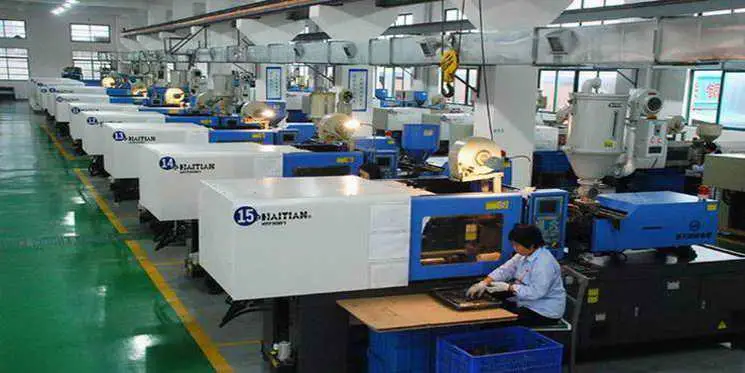How to Classify and Select Plasticizers?
(1) Classification of Plasticizers There are various methods to classify plasticizers, considering many aspects, but none is completely perfect.
- According to molecular weight, plasticizers can be divided into monomeric plasticizers and polymeric plasticizers. The fundamental difference between these two types is their viscosity.
- According to chemical structure, plasticizers can be divided into phthalate esters, aliphatic dicarboxylate esters, phosphate esters, epoxy compounds, polyol esters, nitrogen-containing compounds, etc. Although these classifications appear to be based on chemical similarity, their plasticizing effects vary greatly.
- According to function, plasticizers can be divided into general-purpose plasticizers, heat-resistant plasticizers, cold-resistant plasticizers, etc.
- According to compatibility with polymers, plasticizers can be divided into primary plasticizers and secondary plasticizers. This is one of the main classification methods. Primary plasticizers have good compatibility with resins and do not chemically react with the base material; their compatibility ratio with resins can reach 1:1 or more without migration. They exhibit low volatility and low oil (water) extraction and can be used alone. Secondary plasticizers have poorer compatibility with resins and cannot be used alone; they are used together with primary plasticizers. The minimum amount of primary plasticizer should account for more than 2/3 of the total plasticizer content. If the plasticizer amount is less than 10% of the resin content, an anti-plasticizing effect is likely to occur.
(2) Desired Properties of Plasticizers Plasticizers are a very important type of additive in plastic manufacturing. Ideal plasticizers should have the following properties:
- Good compatibility with the resin The plasticizer should blend and fuse well with the resin it plasticizes without causing repulsion.
- No adverse effect on processing The addition of plasticizers should at least not significantly impair the molding and processing of plastics, and ideally, it should optimize molding performance.
- Good stability The longer the lifespan of plastic products, the more evident their economic benefits. Not only must the products have excellent quality during molding, but this quality must also be maintained during subsequent use, allowing products to endure long-term use in various environments. Therefore, plasticizers must resist light, heat, chemicals, weathering, pollution, and mildew.
- Good safety Plasticizers should not compromise product safety—they should be odorless, non-toxic, and non-flammable, ensuring no safety hazards.
- Low cost Economic efficiency is important for all products. Under the premise of ensuring effective plasticizing, cheaper options are preferable.
Of course, no single plasticizer can meet all these requirements perfectly; choices must be made based on specific conditions.
(3) Use of Plasticizers Plasticizers are generally organic compounds that are very stable against heat and chemical reagents. Most are low-volatility liquids, with a few being low-melting-point solids. They have good compatibility with resins and generally do not precipitate. During use, losses caused by migration, extraction, and seepage of plasticizers must be prevented.
There are quite a few varieties of plasticizers with differing properties. The most widely used in production are phthalate esters, which come in many varieties. These plasticizers possess relatively excellent and comprehensive properties and are generally used as primary plasticizers. Their production volume accounts for over 60% of total plasticizer production. In plastic production, the consumption of plasticizers is second only to resin. Therefore, the development of plasticizers with good performance and low cost remains of great importance.

